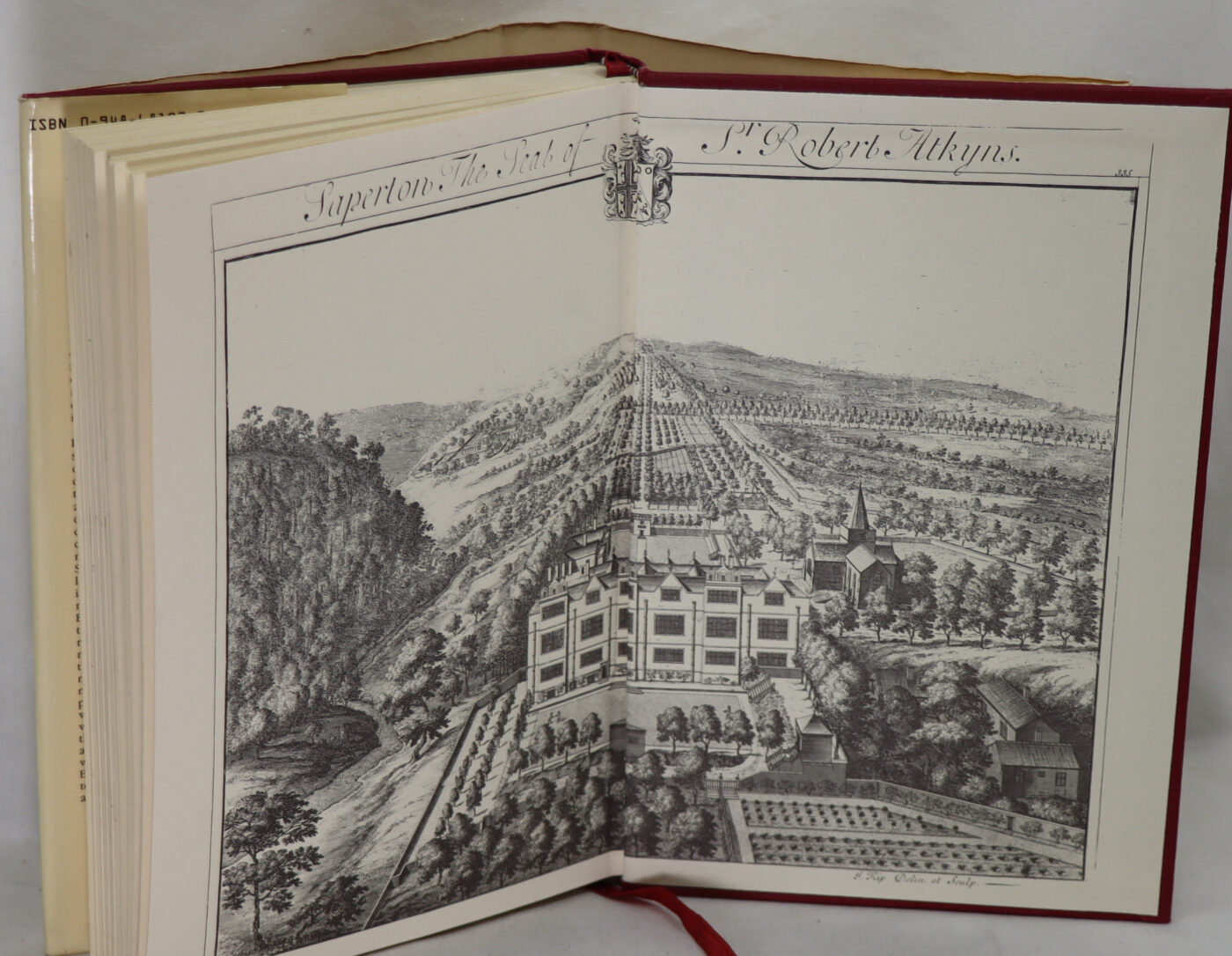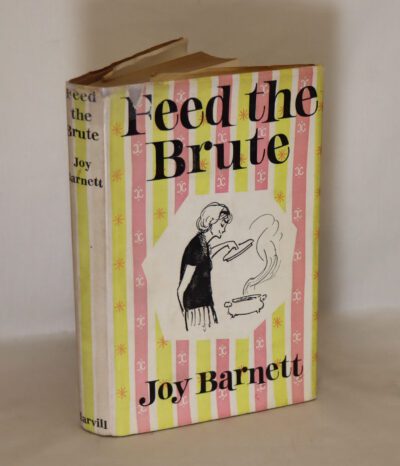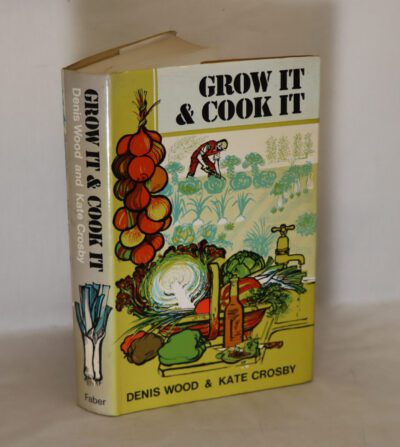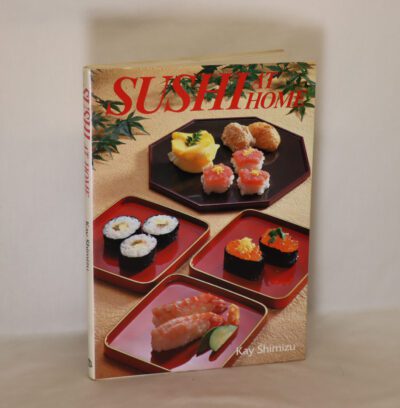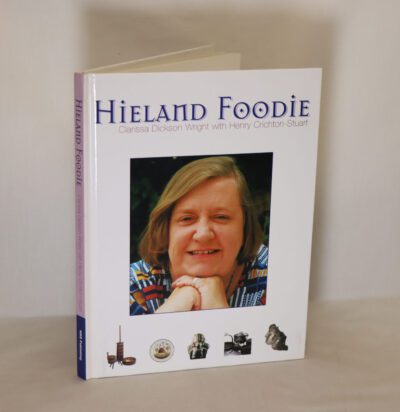Elinor Fettiplace's Receipt Book.
By Hilary Spurling
Printed: 1986
Publisher: The Salamander Press. London
| Dimensions | 17 × 24 × 3 cm |
|---|---|
| Language |
Language: English
Size (cminches): 17 x 24 x 3
Condition: Very good (See explanation of ratings)
Your items
Item information
Description
In the original dust jacket. Maroon cloth binding with red title on the spine.
We provide an in-depth photographic presentation of this item to stimulate your feeling and touch. More traditional book descriptions are immediately available
- Note: This book carries a £5.00 discount to those that subscribe to the F.B.A. mailing list
For conditions, please view our photographs. A nice clean rare copy from the library gathered by the famous Cambridge Don, computer scientist, food and wine connoisseur, Jack Arnold LANG. Jack founded the Midsummer House, Cambridge’s paramount restaurant. This dining experience is hidden amongst the grassy pastures and grazing cattle of Midsummer Common and perched on the banks of the River Cam. The Midsummer House experience is imaginatively curated to delight and amaze, so our surprise set menu changes regularly and is our playground to showcase our reverence for purity of flavour and natural seasonal ingredients.
Elinor Fettiplace’s Receipt Book is a 1986 book by Hilary Spurling containing and describing the recipes in a family cookbook inscribed by Elinor Fettiplace with the date 1604 and compiled in her lifetime: the manuscript contains additions and marginal notes in several hands. Spurling is the wife of a descendant of Fettiplace who had inherited the manuscript. The book provides a direct view of Elizabethan era cookery in an aristocratic country house, with Fettiplace’s notes on household management. The book was well received by critics as revealing previously unknown aspects of Elizabethan household life. Spurling was praised for testing the recipes, a challenging task. The historian Elaine Leong cautioned that the homely title could obscure the complex history of the text’s authorship and ownership.
Hilary Spurling’s description of the recipe book which was passed down to her husband’s family and then to her made the hairs lift on the backs of my arms. Why haven’t I been fortunate enough to inherit a book with end papers made from scraps of illuminated manuscripts and full of the most appetising recipes and as Ms Spurling points out, such appealingly villainous spelling? Her description won me over from the start. This is a fascinating and often surprising book for anyone interested in English food and the social history of the 17th century. Hilary Spurling has evidently researched her subject very thoroughly but she wears her scholarship lightly. Lady Fettiplace and those predecessors and successors who contributed to her book were clearly equally accomplished cooks, producing subtle and sophisticated food on a scale which would make the modern cook quail. Ms Spurling arranges the recipes month by month and gives scaled-down quantities and instructions which make these slices of history accessible to today’s cooks. My only regret is that I didn’t discover this book years ago, as it was first published, I think, back in the ’80s. If prospective readers find they can’t acquire a copy it’ll be because I’ve bought them all for family and friends.
Reviews:
-
I have been researching Tudor food for a Tudor music concert reception coming soon, and bought this book, knowing Hilary Spurling’s work by reputation. It is a wonderful read, the recipes seem do-able in a modern kitchen, and I plan to keep it with my cookery books. Excellent and a pleasure to read.
-
This book is a banquet of recipes and history. A detailed introduction is followed by a monthly account of Elizabethan country house cooking and so much more. If you enjoy reading history books and poring over recipe books you’ll love this. Take yourself back to the time of Shakespeare and Raleigh and appreciate the rarity of women like Lady Elinor Fettiplace and the contribution she made to the world of delicious delights. It really is a mouthwatering read beautifully put together by Hilary Spurling.
-
Excellent reference book and contains all the little tit-bits of information you never get to read about in other similar books.
Elinor Fettiplace (born Elinor Poole, later Elinor Rogers; c. 1570 – in or after 1647) was an English cookery book writer. Probably born in Pauntley, Gloucestershire, into an upper-class land-owning farming family, she married into the well-connected Fettiplace family and moved to a manor house, Appleton Manor, in the Vale of White Horse (then in Berkshire, now in Oxfordshire). In common with many ladies of the Elizabethan era, Fettiplace wrote a manuscript book. It is now known under the title Elinor Fettiplace’s Receipt Book, with details of recipes for dishes and meals, medical remedies and tips for running the household. She dated the work 1604, but it is possible that she began writing it several years earlier, when she was still living with her mother. The book was passed down through her family, initially to her niece, until it was handed to the husband of the twentieth-century writer Hilary Spurling. Spurling conducted research on Fettiplace’s identity and the contents of the book, and published the work in 1986. Fettiplace’s husband died in 1615; she moved back to Gloucestershire and married a local man, Edward Rogers, who died in 1623. She lived until at least 1647.
Susan Hilary Spurling (née Forrest; born 25 December 1940) is a British writer, known for her work as a journalist and biographer.
Want to know more about this item?
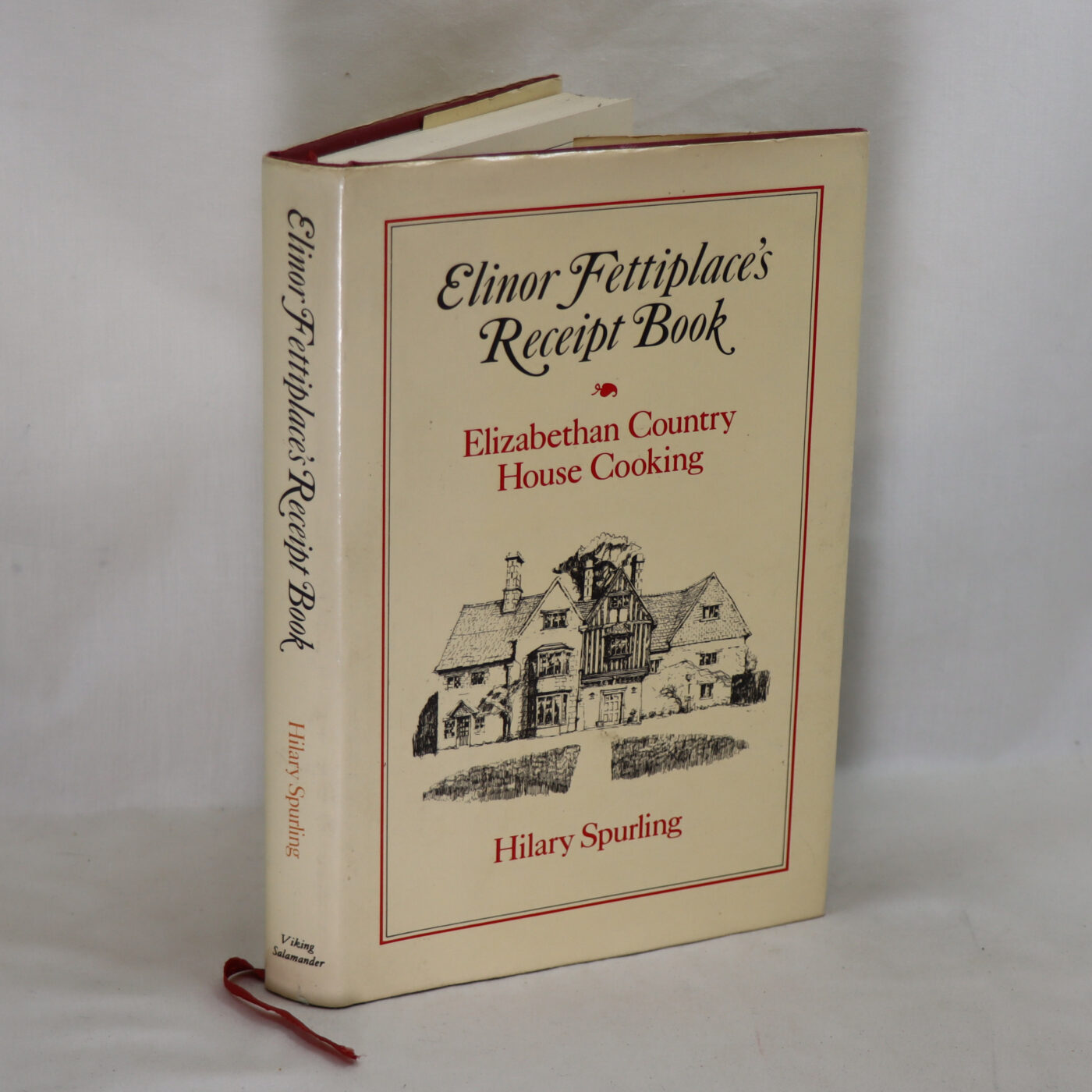
Related products
Share this Page with a friend


